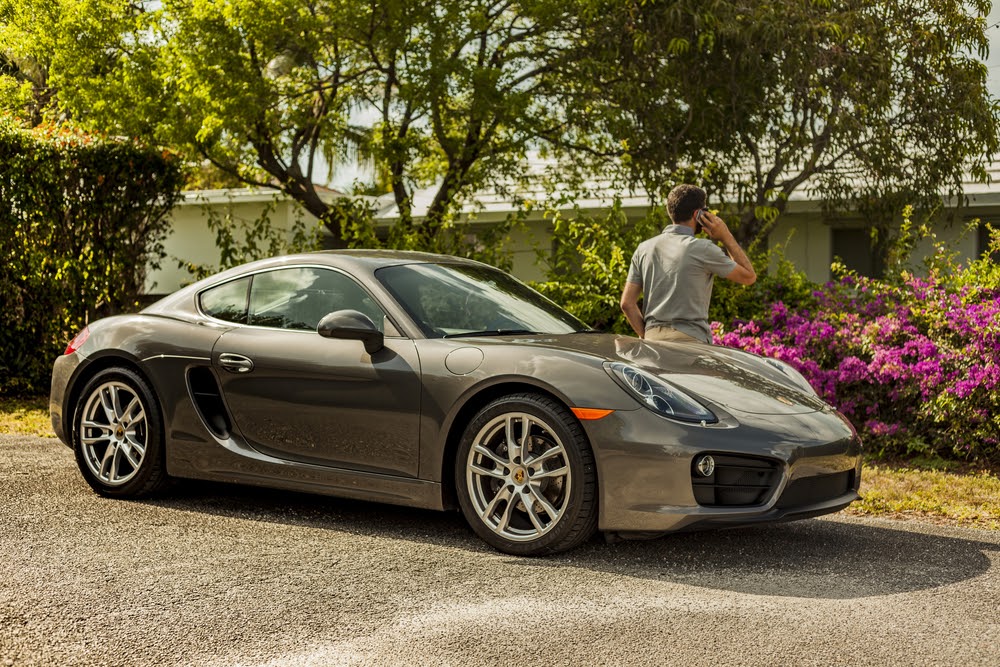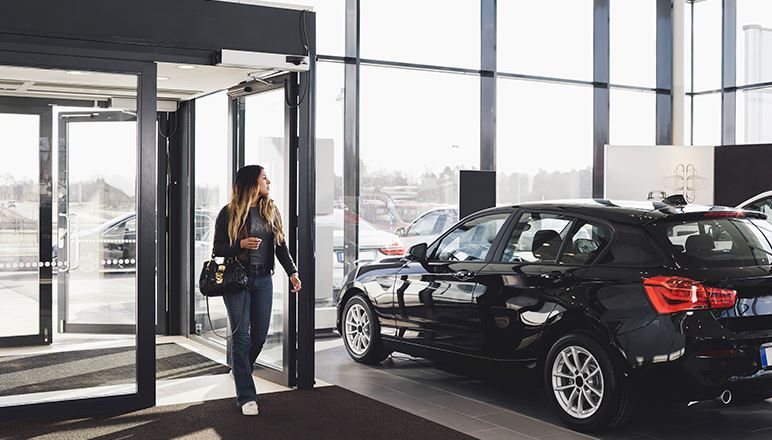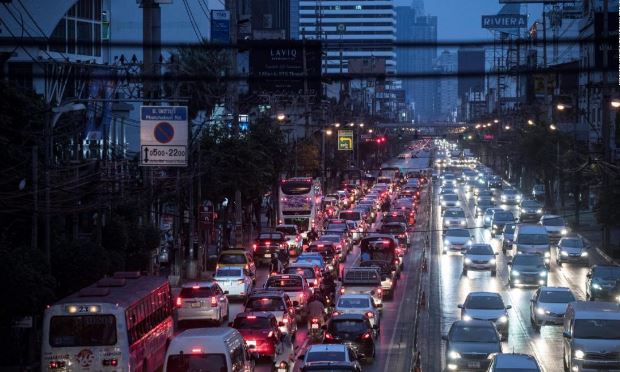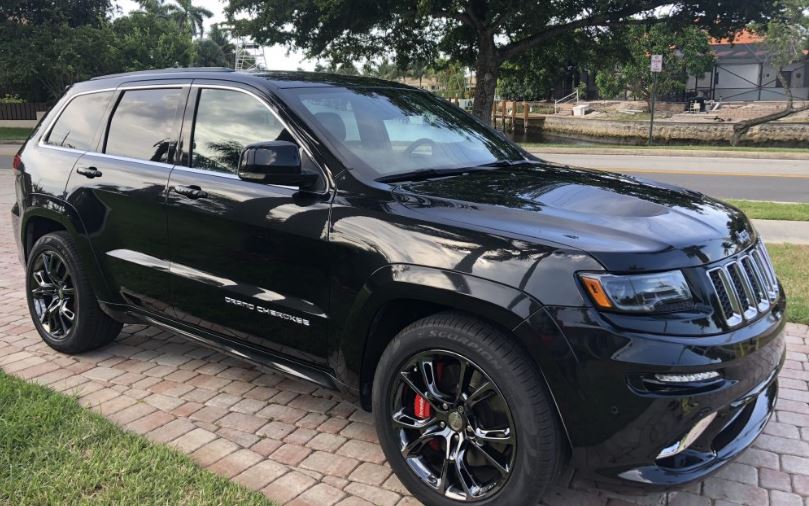The new Porsche Sell Direct app now makes it possible for Porsche owners to easily list their vehicles online in order to generate bids from both buyers and certified Porsche dealerships across Australia.
The Porsche app, developed by DreamWalk in Melbourne, was conceived during Australia’s COVID-19 outbreaks in 2020. During the outbreaks in Melbourne in particular, Porsche Australia recognised an increased need for contactless trade resources in the automotive industry, an industry that was not exempt from experiencing the economic uncertainties of the pandemic.
Aside from the app being an unquestionable resource for Porsche owners and dealerships, this groundbreaking direct sales app can point to bigger developments in not only Australia’s automotive industry, but a wide range of other industries too.
Here’s an overview of exactly what this app can bring to the Aussie economy.

Increased safety and security in trade
Even without the health risks posed by COVID-19, there has always been a mountain of risks for individual sellers every time they post a car online. The best-case scenario is you get a few non-committal inquiries, and amongst the absolute worst there lies the possibilities that you may be scammed, your car may be damaged, or your personal information may be harvested by a third party. For more information to protect you car from risk of damage check related article on Mippin.
These risks aren’t just associated with the automotive trade, however, and can be applied to secondhand trade in general. One of the most effective methods of keeping yourself protected against scammers and other potential risks is to use trusted platforms for trade, and only make payments through these platforms. Of course, for virtual marketplaces that are rather general (like Facebook Marketplace), buying a car can still hold some fairly significant risks.
In trades where big-ticket items or heavily specialised items are involved, you’d ideally want to use a platform that specifically caters to the buying and selling of these items. Part of the process of selling should include the seller filling out digital forms with all the relevant information that a genuine buyer would need to make an informed decision. Alongside this, all genuine buyers should undergo secure identity verification to minimise risks of scam.
It’s evident that the most effective method of moderating car sales is through dedicated car sales platforms. Porsche Australia recognised this and provided a solution in the form of their Porsche Sell Direct app. It’s likely that the tech retail industry and other industries with highly lucrative products, will likely follow suit, and not just as a means of providing contactless trade options.
A return to promoting the ‘circular economy’
Whilst many industries suffered under the weight of the COVID-19 pandemic, the world of eCommerce saw quite a spike in activity across 2020, with Australian consumers heading online to engage in some much-needed retail therapy.
There was also a significant rise in Australians selling and trading on digital marketplaces. In the height of lockdown, however, when households were confined to a 5km travel bubble, the act of purchasing items secondhand grew particularly complicated. Add to this the fact that many Australians were also trying to conserve their wealth in preparation for ongoing economic uncertainty, and it’s clear why digital marketplaces were increasingly popular throughout the pandemic.
Even following Australia’s last major wave of cases, consumers have more or less upheld their habits of scouring Facebook Marketplace for some good deals in their neighbourhood. A return to the idea of the circular economy isn’t just benefiting everyday consumers. Some business analysts also assert that the circular economy is the key to total global recovery as well as total industry innovation following COVID-19.
There has been evidence across the world that practising a circular economy results in fewer resources wasted across the board, from the food industry and the construction industry amongst many more. A growing focus on a ‘reduce-redesign-reuse’ model has also proven beneficial for businesses and households alike, as manufacturing costs go down, and the further development of digital supply chains greatly simplifies everyday operations in a plethora of industries.
We can see how the Porsche Sell Direct app fits into this new model. The app, essentially acting as a secure player in Australia’s circular economy, demonstrates that there are further digital innovations that must be made in order to ‘clean up’ other industries, and by ‘clean up’ we are simultaneously referring to a need to streamline supply chains as well as promoting sustainability. These future innovations are increasingly likely to only strengthen Australia’s economy.
Adaptation and evolution in times of crisis
Finally, it’s not surprising that the automotive industry experienced a recession during the COVID-19 pandemic. Simply put, when consumers have no reason to travel, they’re less likely to prioritise buying a new car.
It’s worth noting, however, that this industry was already experiencing its fair share of setbacks prior to the pandemic. There’s no denying it: the automotive industry was in dire need of some serious evolution, with technological advancements and a greater focus on sustainability being the very tip of the iceberg. The new Porsche Sell Direct app demonstrates, however, that responding to an increased need for technological advancement isn’t solely the responsibility of car manufacturers.
In a similar fashion to Gumtree and Sendle partnering up to introduce their #LocalLegends contactless trade initiative, DreamWalk’s partnership with Porsche Australia presents the sheer value of multidisciplinary problem-solving in the face of any industry’s greatest threats.
If other sectors follow these examples and approach their greatest problems head-on, the future of Australian industry is bound to be quite bright.
As you can see, Dreamwalk’s Porsche Sell Direct App yields a number of promising advancements in both the automotive industry as well as neighbouring industries. It’s likely that other organisations will develop digital channels that are equally essential to supporting evolving consumer habits.



